
How to Use MICS-6814: Examples, Pinouts, and Specs
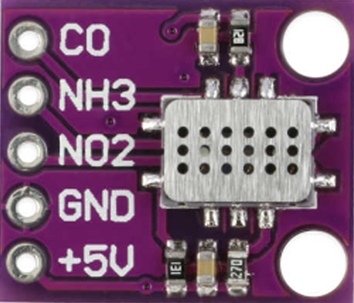
 Design with MICS-6814 in Cirkit Designer
Design with MICS-6814 in Cirkit DesignerIntroduction
The MICS-6814 is a compact and versatile gas sensor module designed to detect a variety of gases, including carbon monoxide (CO), methane (CH4), and liquefied petroleum gas (LPG). It features a multi-channel sensor that provides analog output signals corresponding to the concentration of detected gases. This makes it an excellent choice for air quality monitoring, industrial safety systems, and environmental sensing applications.
Explore Projects Built with MICS-6814
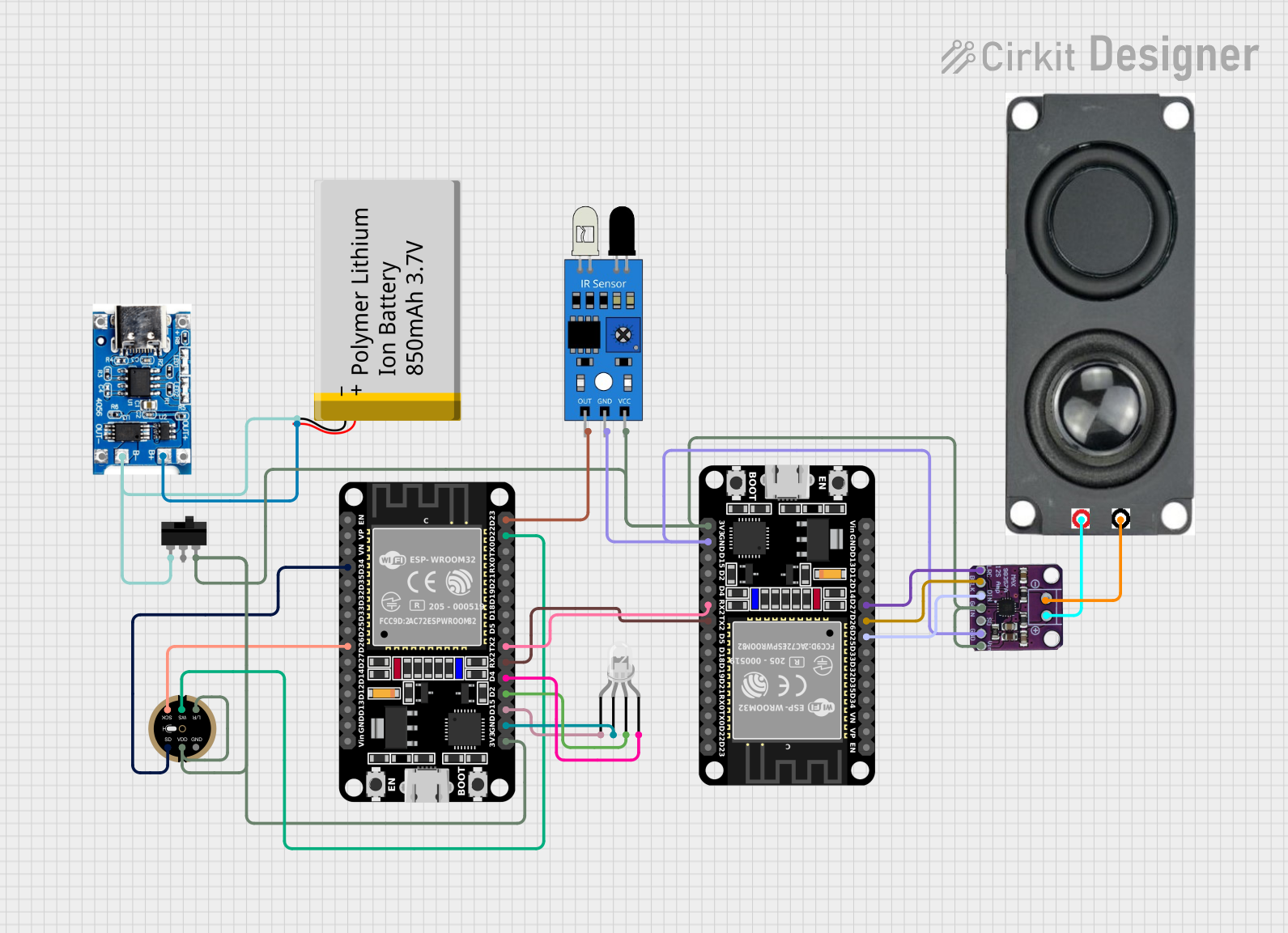
 Open Project in Cirkit Designer
Open Project in Cirkit Designer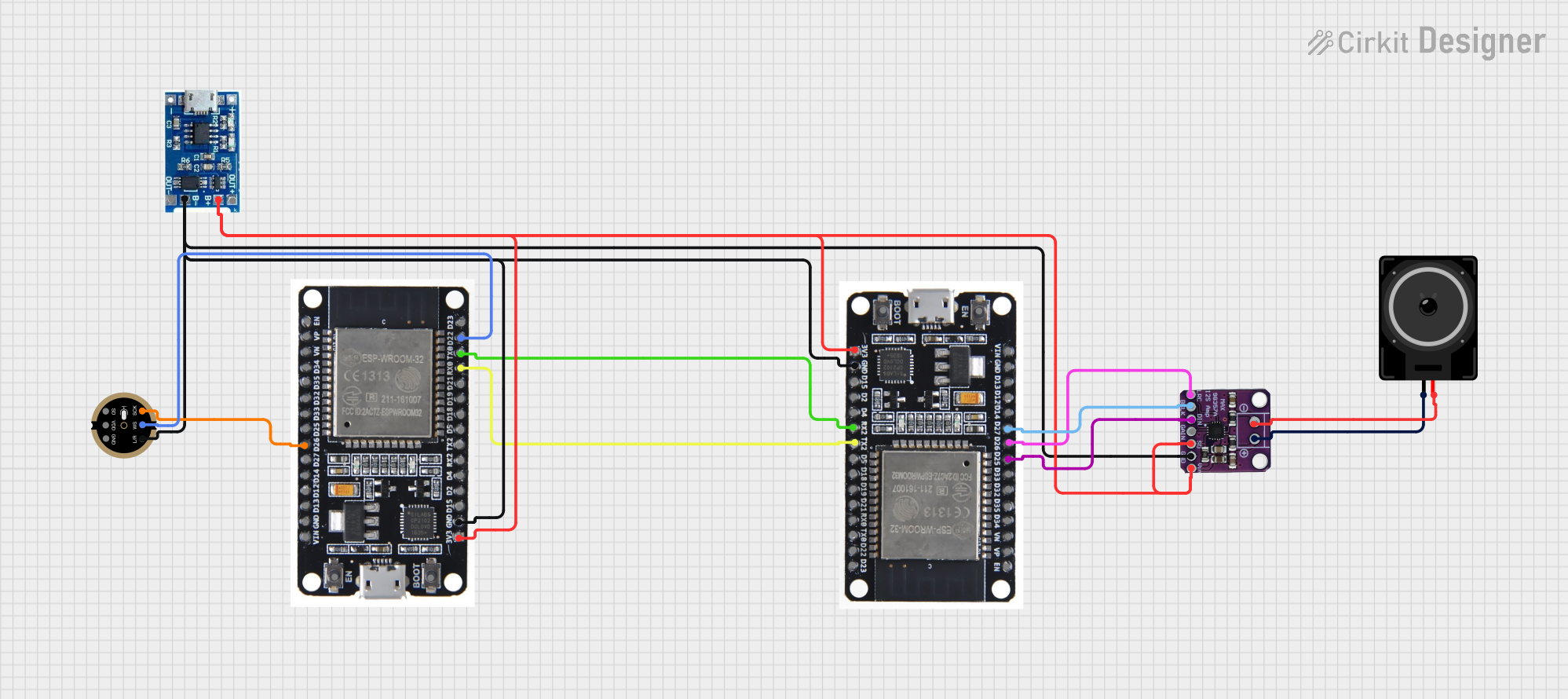
 Open Project in Cirkit Designer
Open Project in Cirkit Designer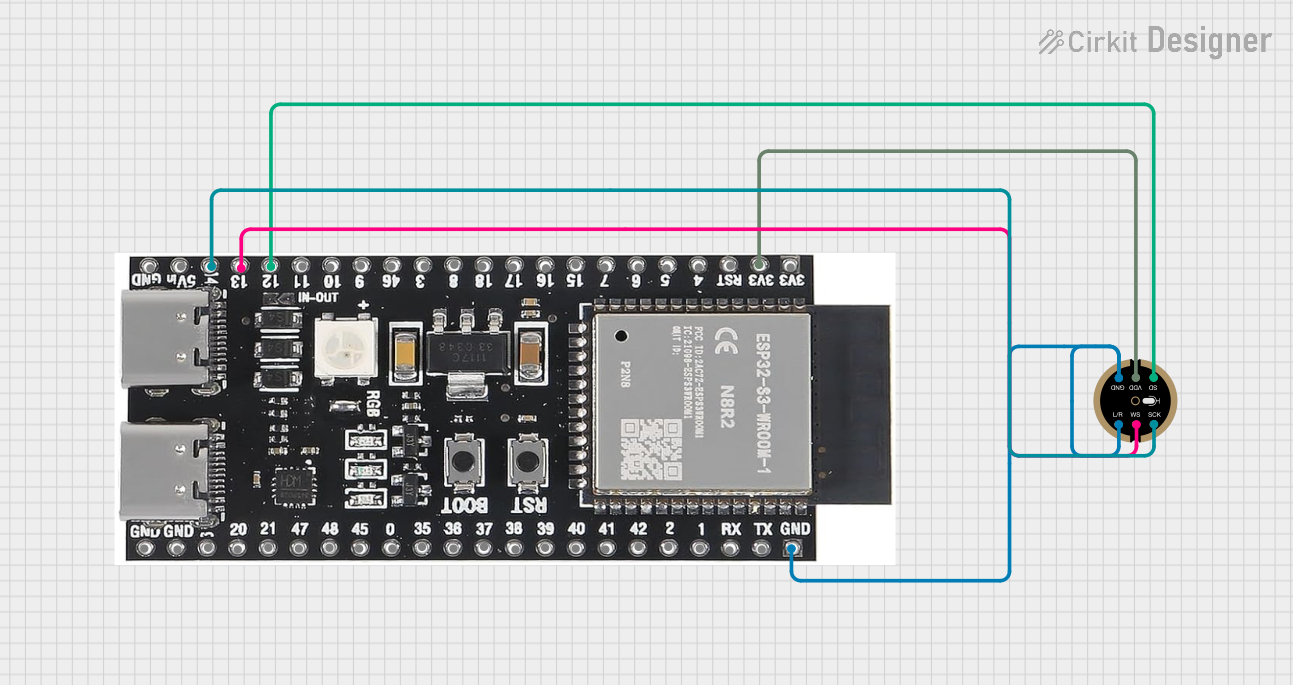
 Open Project in Cirkit Designer
Open Project in Cirkit Designer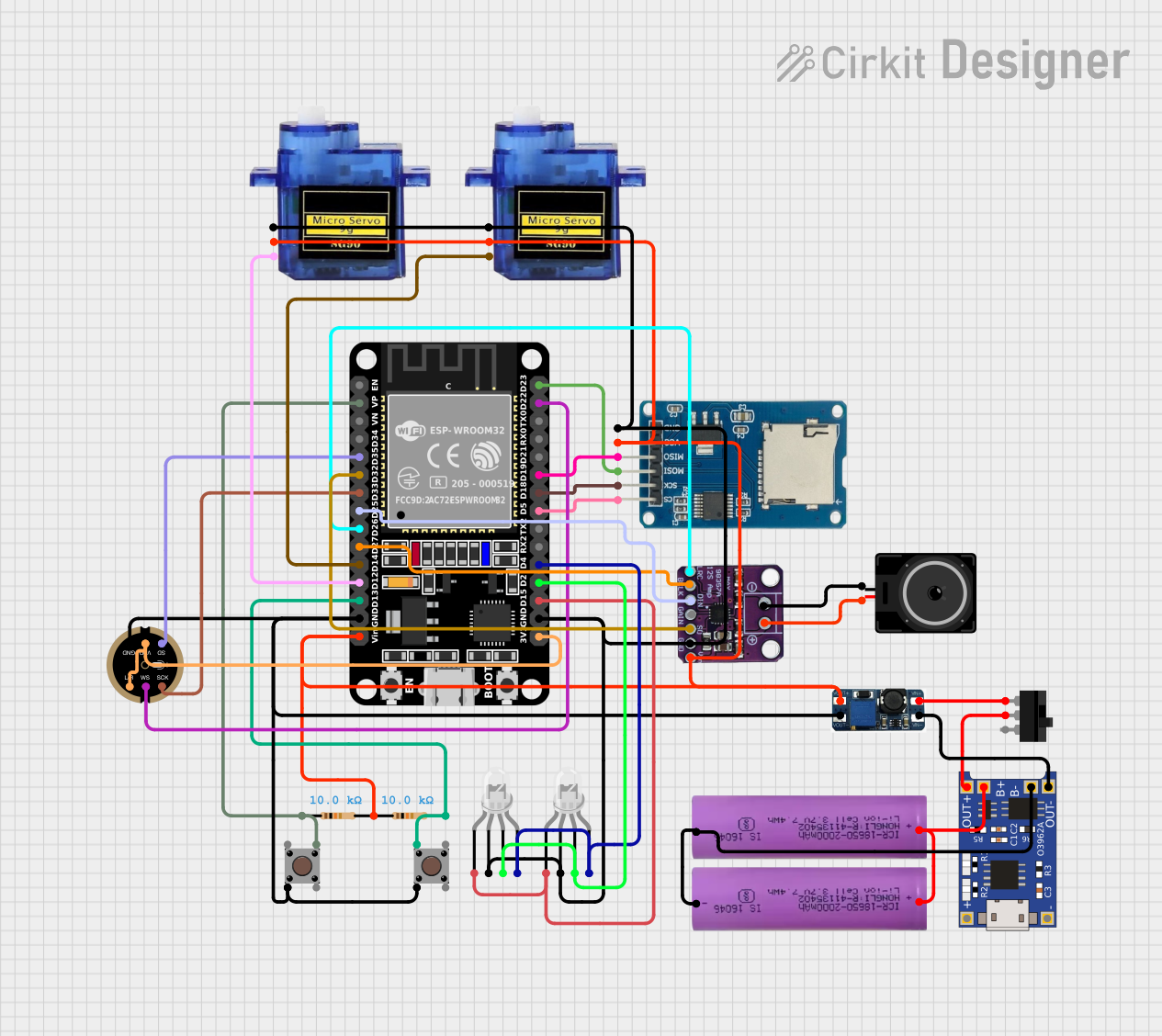
 Open Project in Cirkit Designer
Open Project in Cirkit DesignerExplore Projects Built with MICS-6814

 Open Project in Cirkit Designer
Open Project in Cirkit Designer
 Open Project in Cirkit Designer
Open Project in Cirkit Designer
 Open Project in Cirkit Designer
Open Project in Cirkit Designer
 Open Project in Cirkit Designer
Open Project in Cirkit DesignerCommon Applications
- Indoor and outdoor air quality monitoring
- Industrial gas detection systems
- Smart home automation for gas leak detection
- Environmental research and analysis
- IoT-based air quality monitoring systems
Technical Specifications
The MICS-6814 is a robust sensor with the following key technical details:
| Parameter | Value |
|---|---|
| Operating Voltage | 3.3V to 5V |
| Power Consumption | ~56 mW |
| Gas Detection Range | CO: 1–1000 ppm, CH4: 1–1000 ppm |
| Output Type | Analog voltage |
| Preheating Time | 60 seconds |
| Operating Temperature | -20°C to 50°C |
| Humidity Range | 5% to 95% RH (non-condensing) |
| Dimensions | 15mm x 15mm x 5mm |
Pin Configuration and Descriptions
The MICS-6814 module typically has the following pinout:
| Pin Name | Description |
|---|---|
| VCC | Power supply input (3.3V to 5V) |
| GND | Ground connection |
| AOUT_CO | Analog output for carbon monoxide (CO) detection |
| AOUT_CH4 | Analog output for methane (CH4) detection |
| AOUT_NH3 | Analog output for ammonia (NH3) detection |
| NC | Not connected (reserved for future use) |
Usage Instructions
How to Use the MICS-6814 in a Circuit
- Power the Sensor: Connect the VCC pin to a 3.3V or 5V power supply and the GND pin to the ground of your circuit.
- Connect the Outputs: Use the AOUT_CO, AOUT_CH4, and AOUT_NH3 pins to read the analog voltage outputs corresponding to the concentration of CO, CH4, and NH3 gases, respectively.
- Analog-to-Digital Conversion: If using a microcontroller like the Arduino UNO, connect the analog output pins to the analog input pins of the microcontroller for ADC (Analog-to-Digital Conversion).
- Preheating: Allow the sensor to preheat for at least 60 seconds before taking measurements to ensure accurate readings.
Important Considerations and Best Practices
- Calibration: The sensor may require calibration to provide accurate gas concentration readings. Use known gas concentrations for calibration.
- Ventilation: Ensure proper ventilation around the sensor to avoid saturation and to allow accurate detection of gas concentrations.
- Avoid Contamination: Keep the sensor away from dust, oil, and other contaminants that may affect its performance.
- Power Supply: Use a stable power supply to avoid fluctuations in the sensor's output.
Example Code for Arduino UNO
Below is an example of how to interface the MICS-6814 with an Arduino UNO to read gas concentrations:
// Define the analog input pins for the MICS-6814 sensor
const int CO_PIN = A0; // Pin connected to AOUT_CO
const int CH4_PIN = A1; // Pin connected to AOUT_CH4
const int NH3_PIN = A2; // Pin connected to AOUT_NH3
void setup() {
// Initialize serial communication for debugging
Serial.begin(9600);
}
void loop() {
// Read analog values from the sensor
int coValue = analogRead(CO_PIN); // Read CO concentration
int ch4Value = analogRead(CH4_PIN); // Read CH4 concentration
int nh3Value = analogRead(NH3_PIN); // Read NH3 concentration
// Convert analog values to voltage (assuming 5V reference)
float coVoltage = coValue * (5.0 / 1023.0);
float ch4Voltage = ch4Value * (5.0 / 1023.0);
float nh3Voltage = nh3Value * (5.0 / 1023.0);
// Print the results to the Serial Monitor
Serial.print("CO Voltage: ");
Serial.print(coVoltage);
Serial.println(" V");
Serial.print("CH4 Voltage: ");
Serial.print(ch4Voltage);
Serial.println(" V");
Serial.print("NH3 Voltage: ");
Serial.print(nh3Voltage);
Serial.println(" V");
// Wait for 1 second before the next reading
delay(1000);
}
Troubleshooting and FAQs
Common Issues and Solutions
No Output Signal:
- Cause: Incorrect wiring or power supply issues.
- Solution: Double-check the connections and ensure the sensor is powered with the correct voltage.
Inaccurate Readings:
- Cause: Insufficient preheating time or lack of calibration.
- Solution: Allow the sensor to preheat for at least 60 seconds and perform proper calibration.
Fluctuating Output:
- Cause: Unstable power supply or environmental interference.
- Solution: Use a regulated power supply and ensure the sensor is placed in a stable environment.
Sensor Not Responding to Gas:
- Cause: Sensor contamination or damage.
- Solution: Clean the sensor carefully or replace it if damaged.
FAQs
Q: Can the MICS-6814 detect gases other than CO, CH4, and NH3?
A: The MICS-6814 is optimized for CO, CH4, and NH3 detection, but it may respond to other gases. However, the sensitivity and accuracy for other gases are not guaranteed.
Q: How do I calibrate the sensor?
A: Expose the sensor to a known concentration of gas and record the output voltage. Use this data to create a calibration curve for accurate measurements.
Q: Can I use the MICS-6814 with a 3.3V microcontroller?
A: Yes, the MICS-6814 operates within a voltage range of 3.3V to 5V, making it compatible with 3.3V microcontrollers like the ESP32.
Q: What is the lifespan of the MICS-6814 sensor?
A: The sensor typically has a lifespan of several years under normal operating conditions, but this may vary depending on usage and environmental factors.